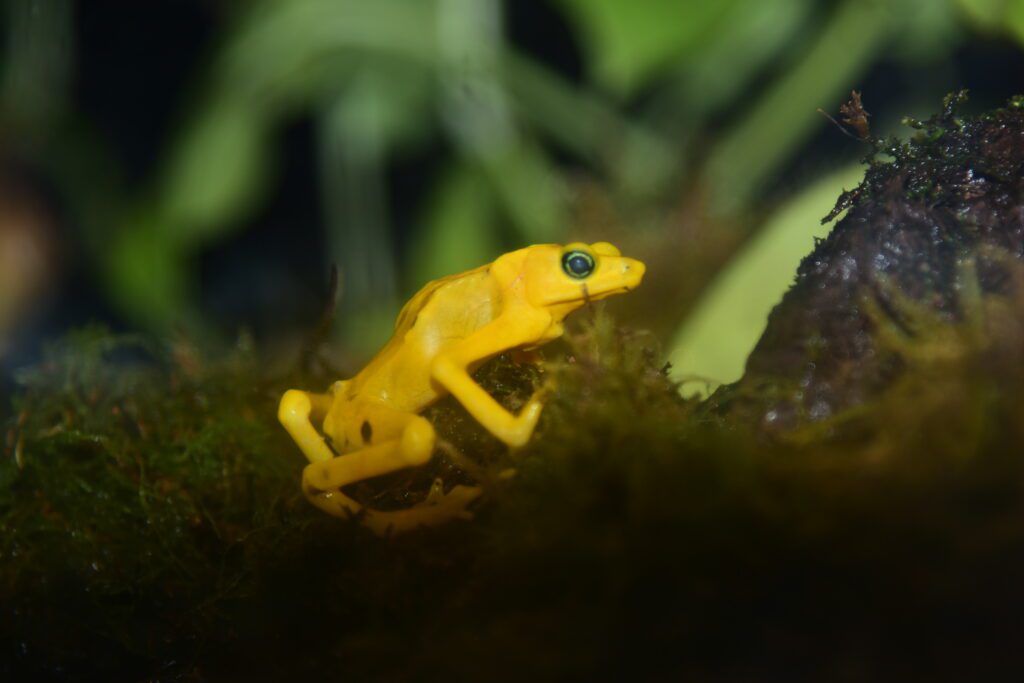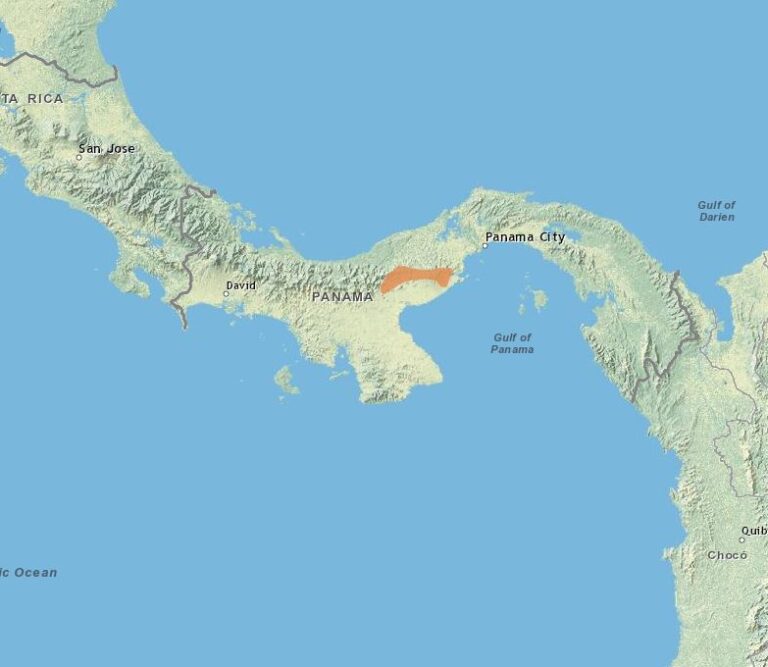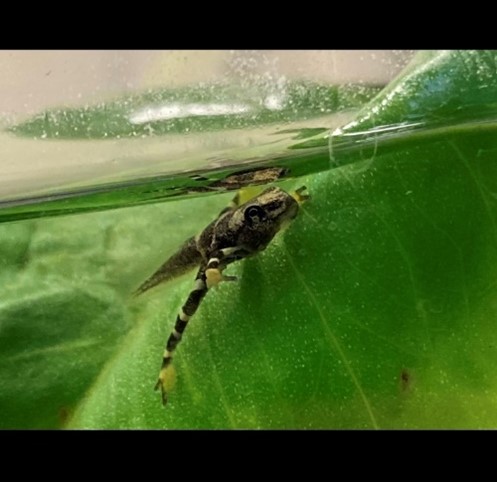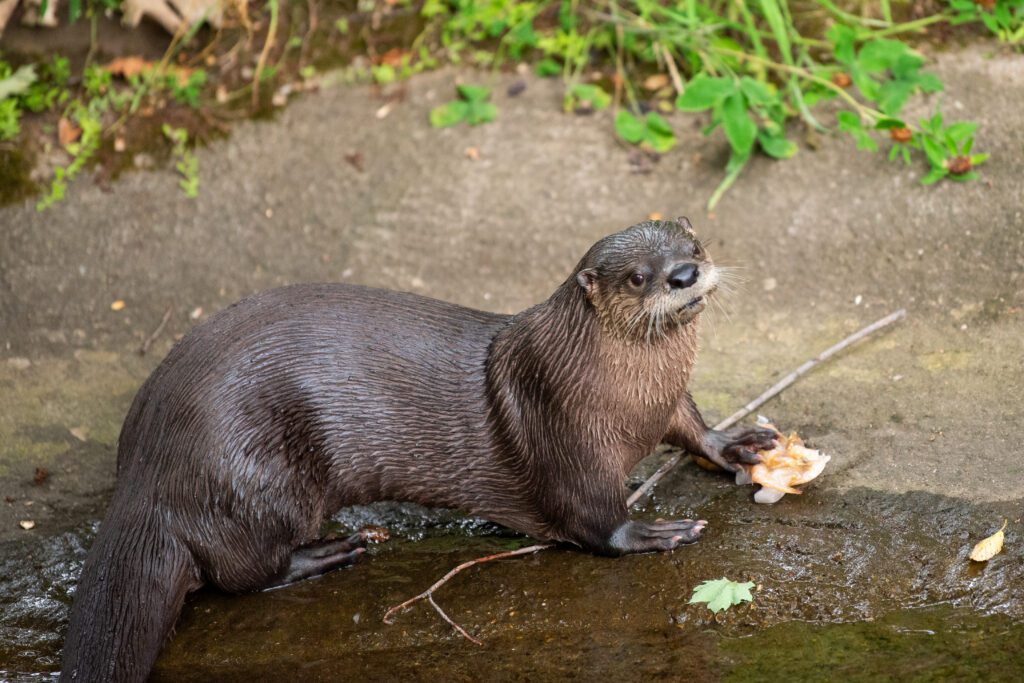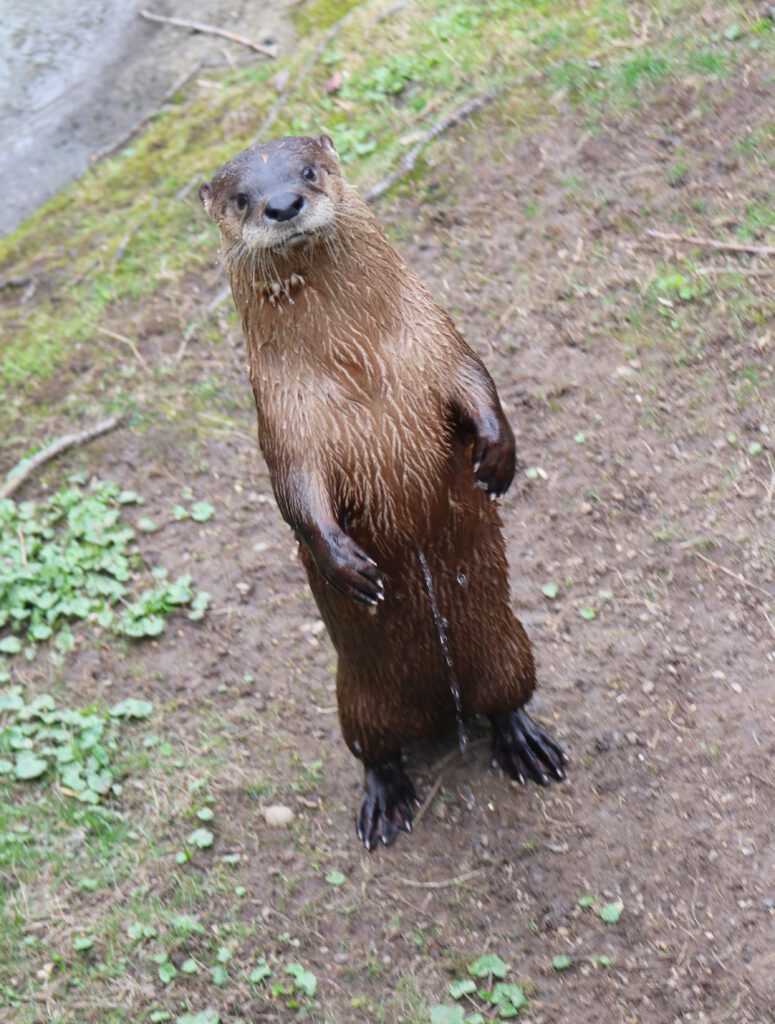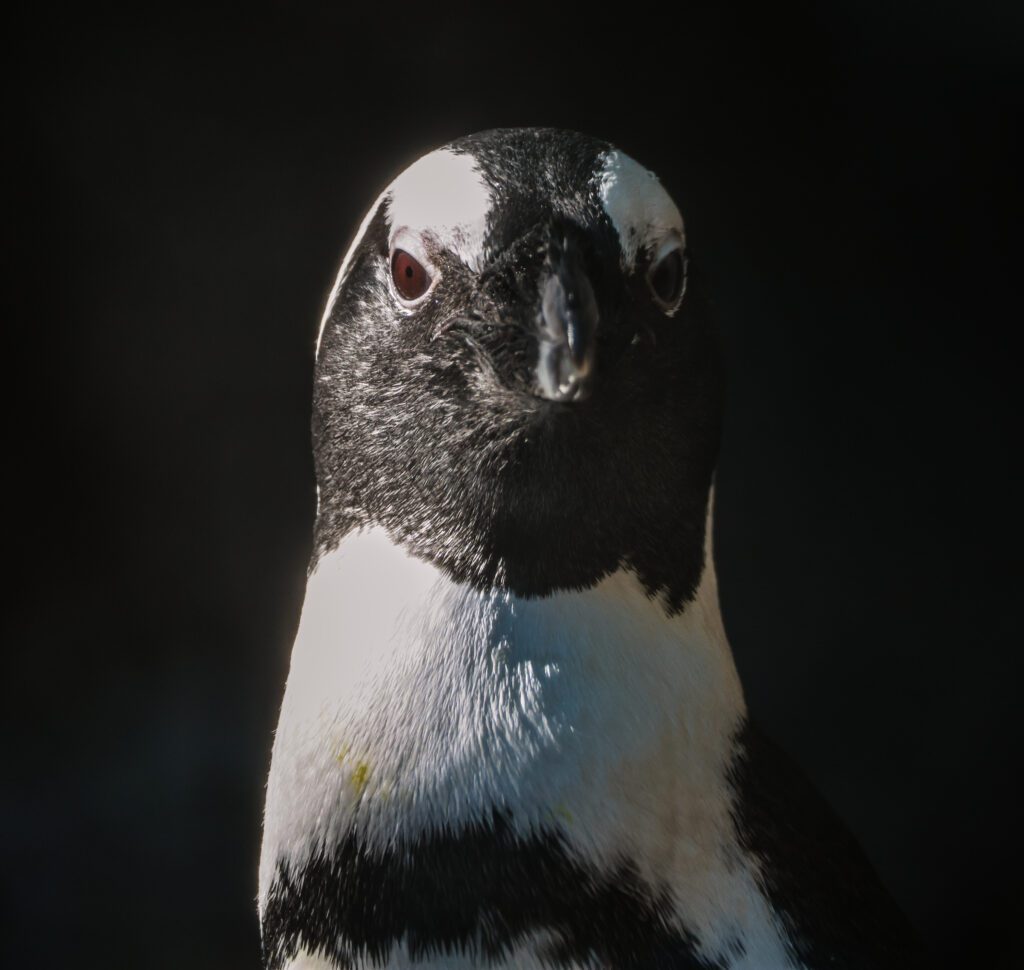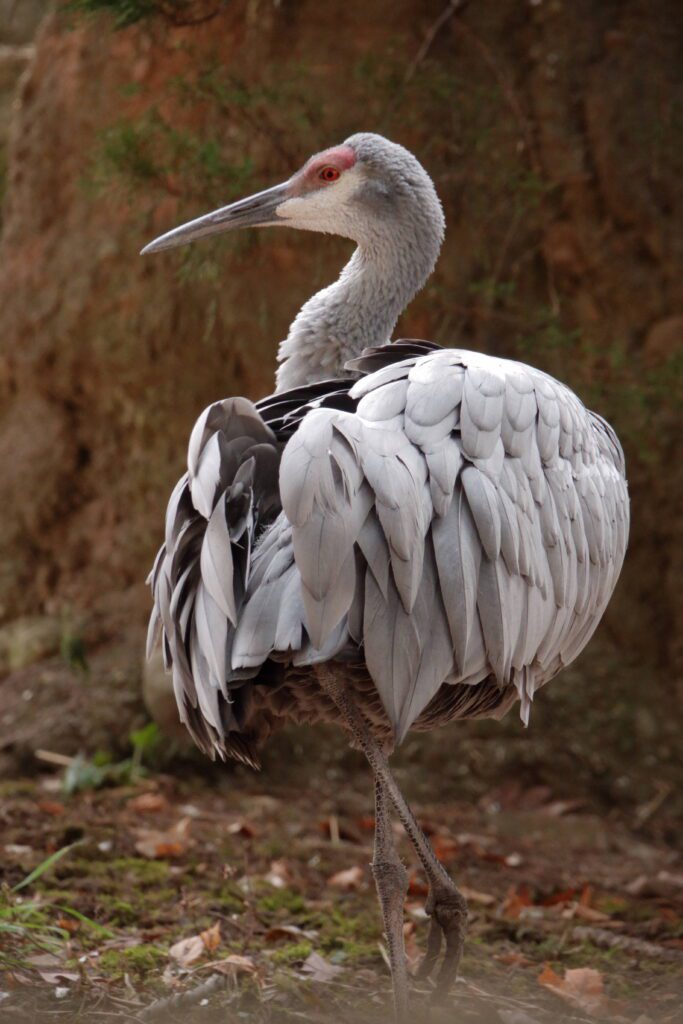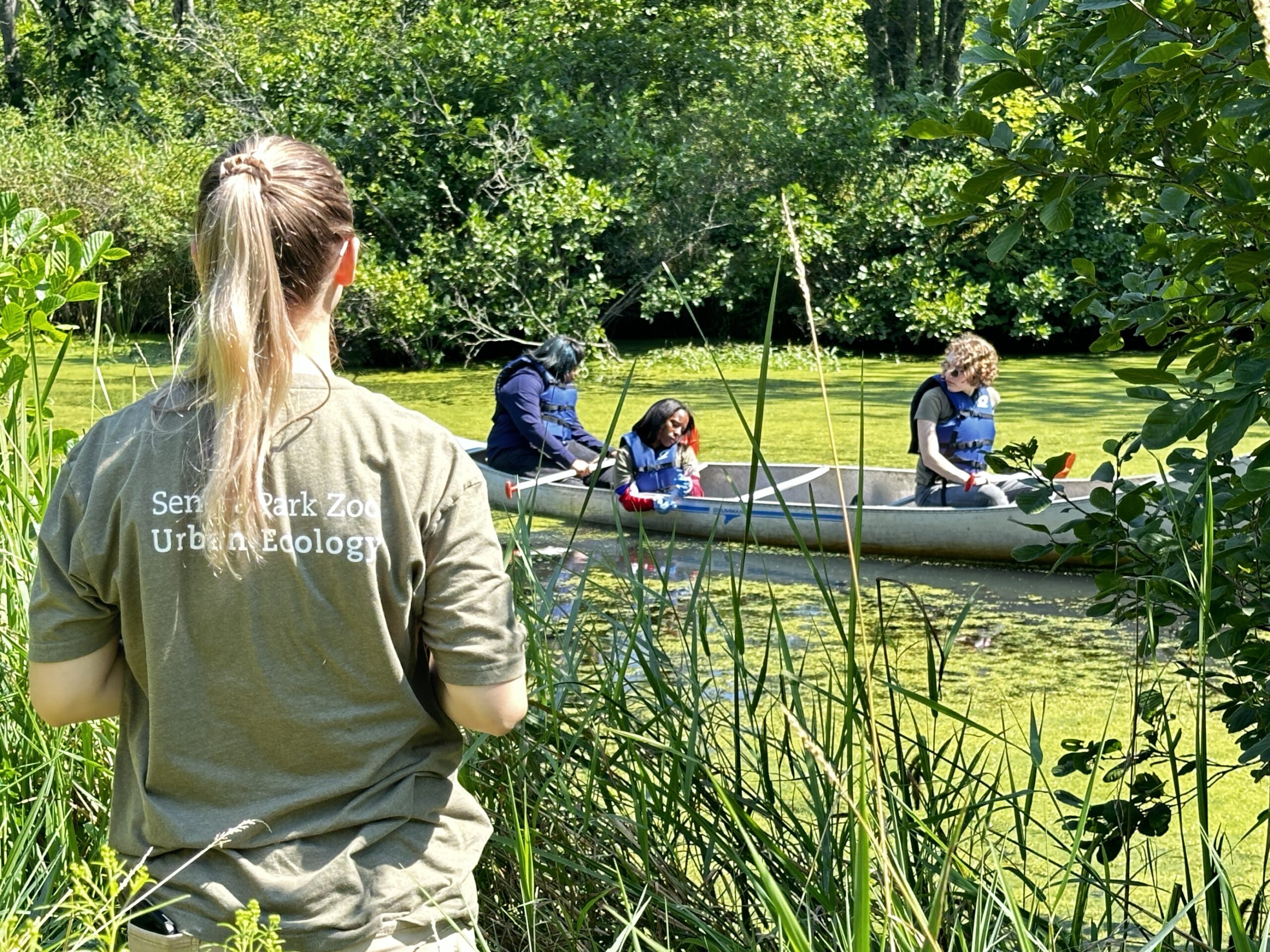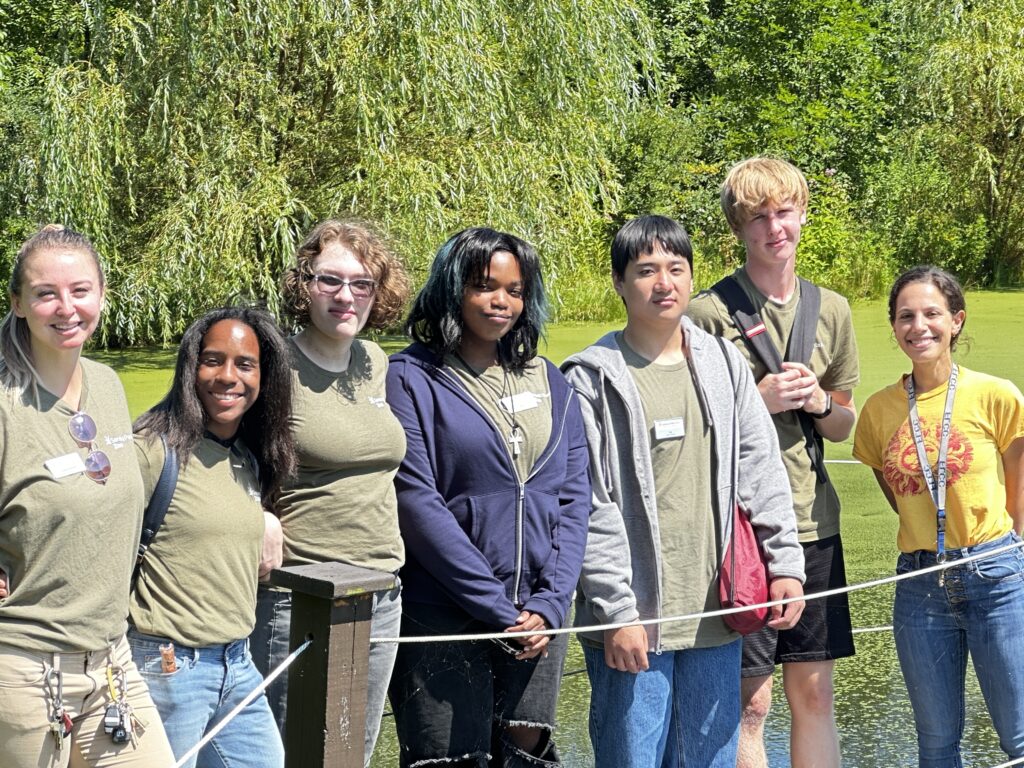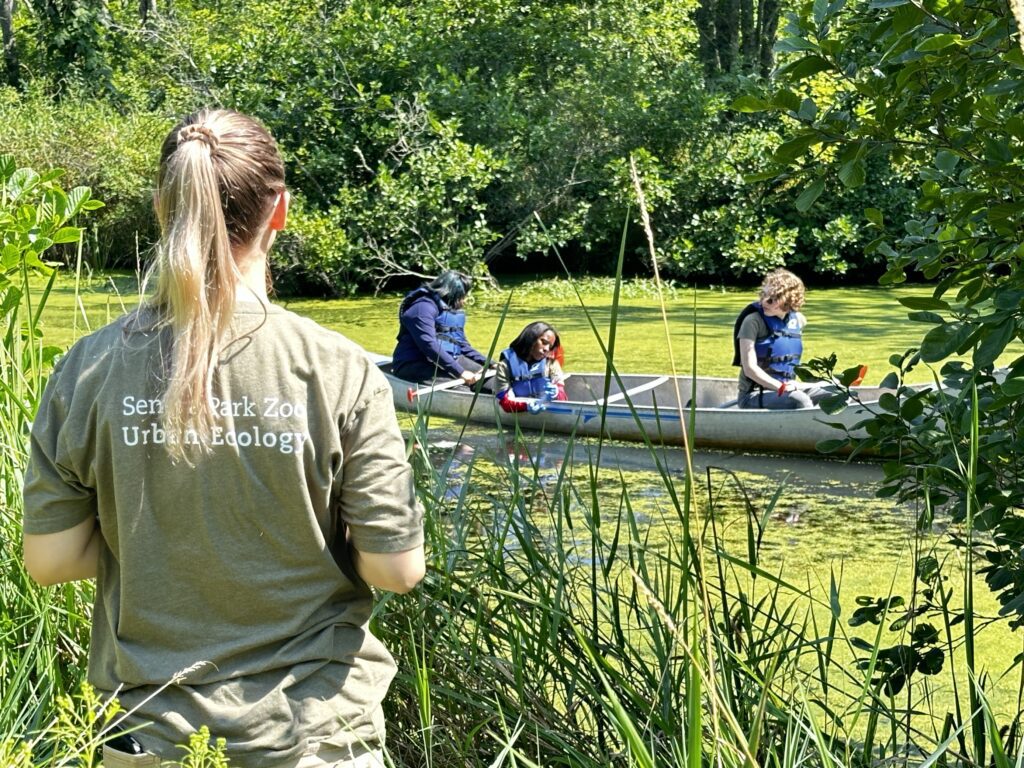Elephant conservation doesn’t only happen in the field—it happens in the lab, in the hospital, and in the moments before a crisis. EEHV remains one of the leading causes of death in Asian elephants in North America and Europe, but preparation saves lives. That’s why Seneca Park Zoo maintains an elephant plasma bank, ensuring that when a herd needs help, plasma is readily available.
Why We Maintain an Elephant Plasma Bank
At Seneca Park Zoo, conservation and care are key tenets of our mission. That’s why we maintain an elephant plasma bank in our Animal Hospital. Caring for elephants means preparing for every possibility, including rare but serious illnesses. That’s where our plasma bank can help.
The plasma bank exists to help treat elephants affected by a disease called Elephant Endotheliotropic Herpesvirus, or EEHV. This virus is one of the leading causes of death in Asian elephants in North America and Europe and has also been an issue for elephants in their natural range.
There are several different strains of EEHV, and most elephants carry at least one of them in a dormant form. Young elephants are born with antibodies they receive from their mothers, but those antibodies fade as the calf grows. If a young elephant loses these antibodies before their own immune system has fully developed and is then exposed to EEHV, they can develop EEHV Hemorrhagic Disease, a severe and often deadly illness.
This disease causes the virus to attack the cells that line blood vessels. When those blood vessels are damaged, fluid leaks into surrounding tissues, causing swelling and internal bleeding. If not treated quickly, the condition can lead to sepsis, shock, and heart failure.
When a young elephant becomes sick with EEHV, treatment involves intensive care. Veterinarians use antiviral medications, fluids, and plasma transfusions to help the elephant’s body fight the infection and stay stable.
Plasma transfusions are especially important because plasma contains antibodies and proteins that help the immune system respond to the virus. By having a plasma bank ready, we can send plasma from healthy elephants to any zoo in need, providing lifesaving support during a crisis.
How We Collect and Store Elephant Plasma
Collecting plasma from an elephant is a carefully planned process. The elephants voluntarily enter a special chute designed to keep them comfortable and secure while our animal care team works. Throughout the process, they enjoy hay and their favorite treats to keep them calm and content.
A small catheter is placed in a vein located on the back of the ear, and blood flows through it into a collection bag. Once enough blood has been collected, the elephant returns to their habitat to rejoin the herd.
Our veterinary technicians, Robin and Tammy, then separate the red blood cells from the plasma. The plasma is frozen and stored safely until it’s needed.

How Plasma Helps

By working with other AZA-accredited zoos and Species Survival Plan programs and sharing resources like plasma, we help ensure that elephants everywhere receive the best possible medical care. Maintaining an elephant plasma bank is one of the many ways zoos like ours contribute to conservation care, protecting animals not only through habitat preservation and research but also through direct, hands-on health care.
How You Can Help
Elephants’ lives are full of challenges, from disease to habitat loss. At Seneca Park Zoo, we take proactive steps, like our plasma bank, to ensure these animals have the best possible chance at long, healthy lives. By supporting elephants here, you help support conservation care worldwide!
More ways to get involved!
- Visit the Zoo and support programs that protect endangered species.
- Donate to conservation funds like the International Elephant Foundation.
- Become a ZooParent to directly support the elephants in our care.
Together, we can help elephants survive and thrive, for generations to come!
Written by Jaiya Astacio, Communications Coordinator.



